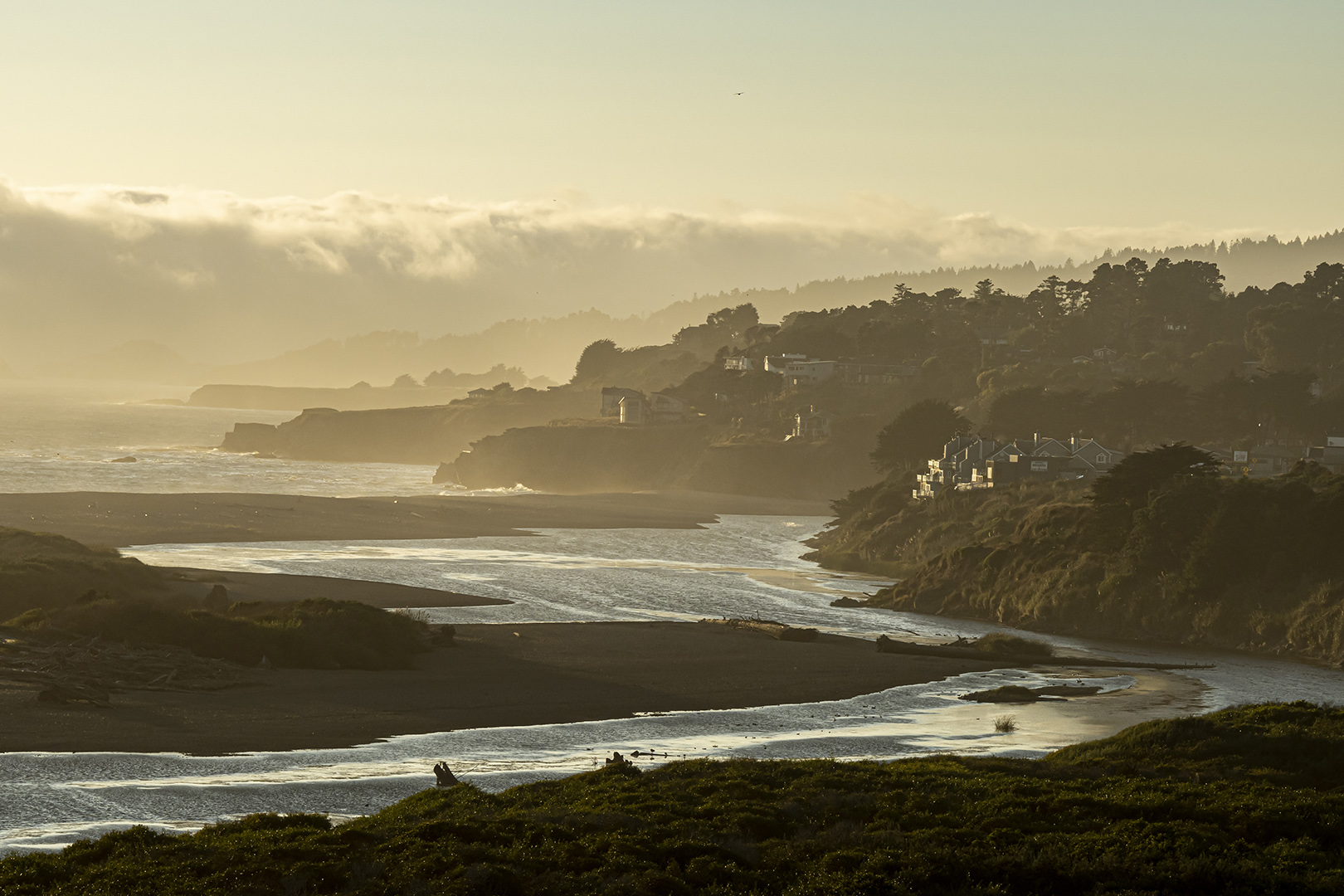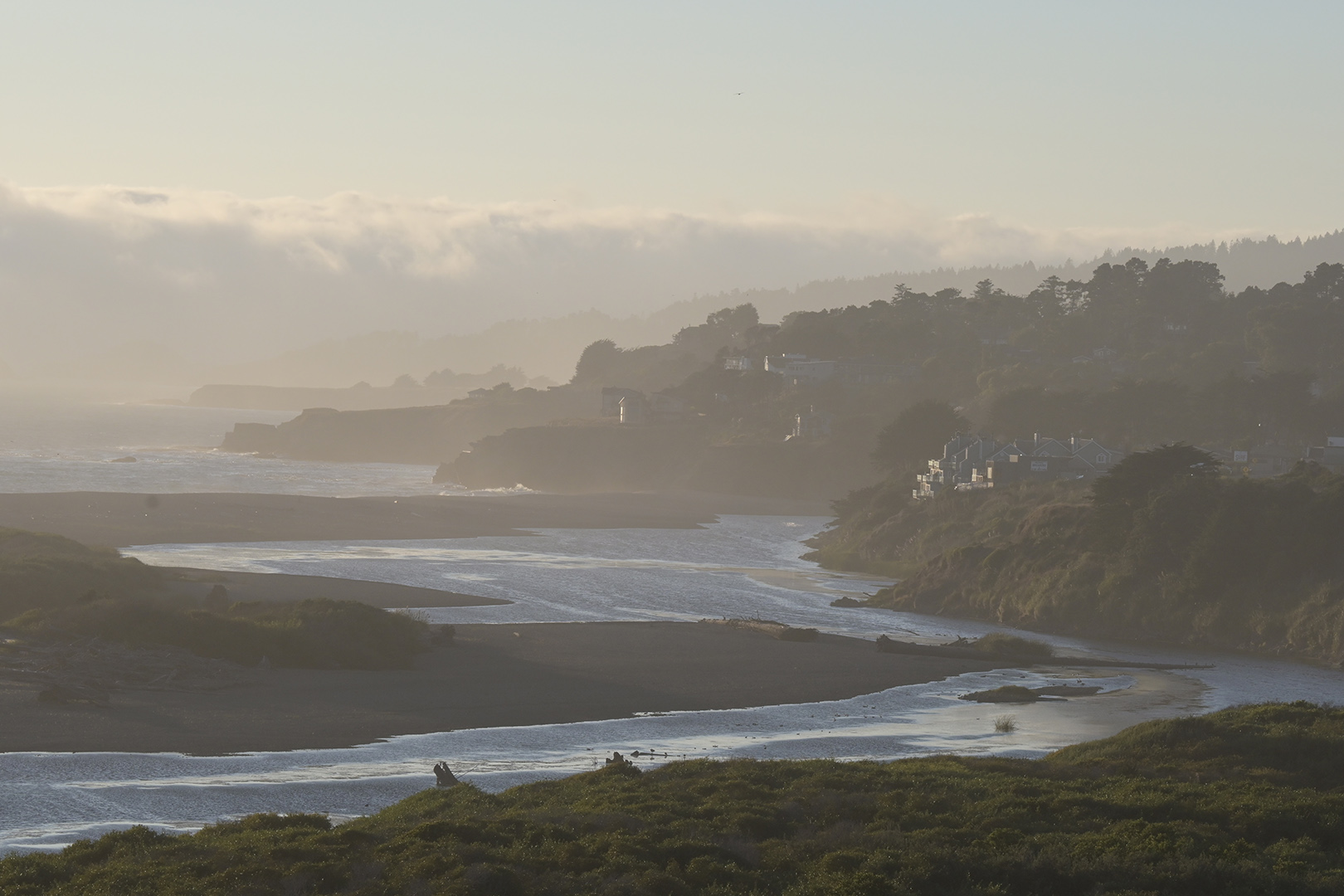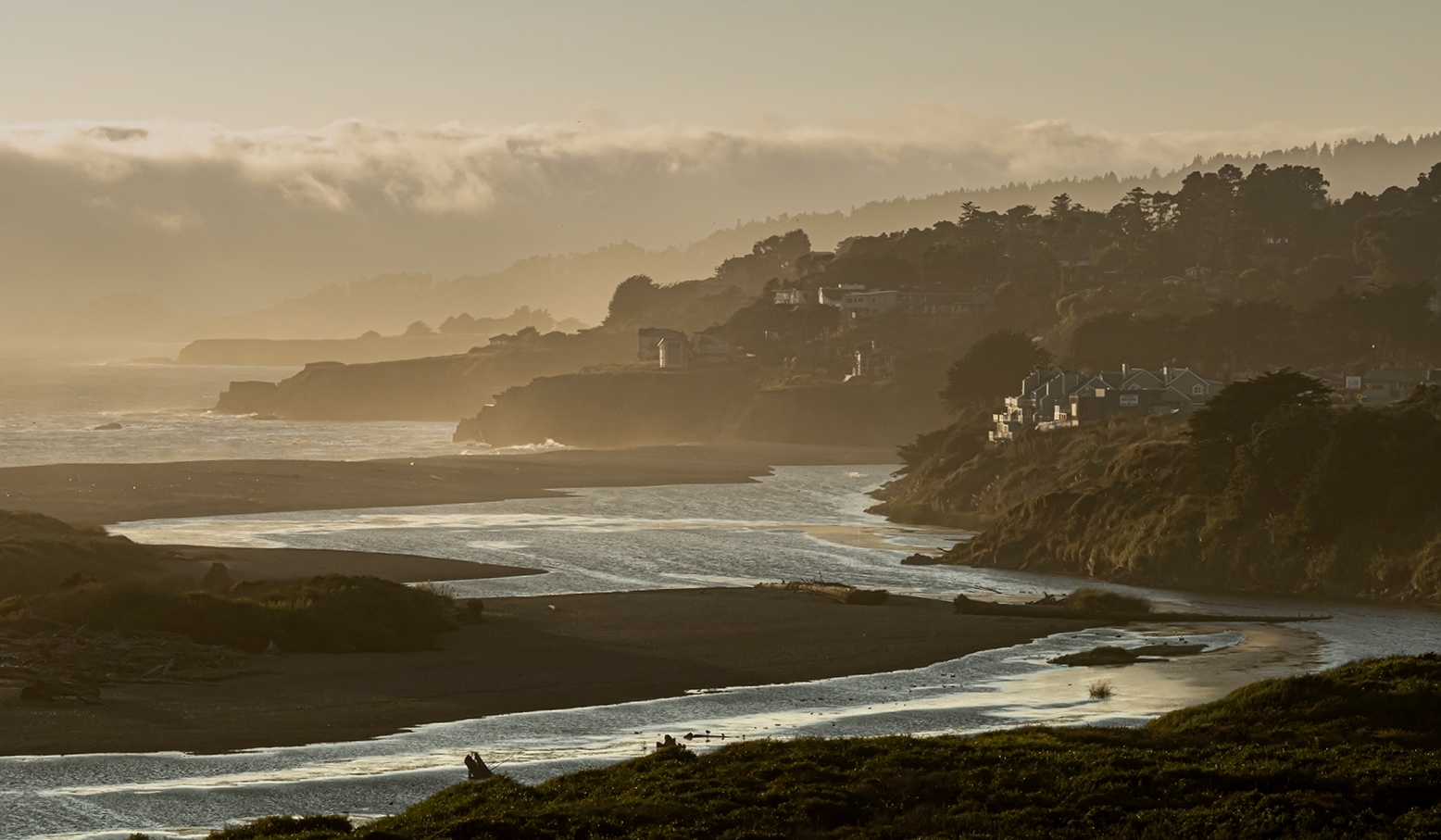Jerry Baumann
About the Image(s)
I set my camera options to capture the RAW image plus the highest resolution in-camera jpeg image. The original jpeg has the cryptic camera assigned sequential file number; the image labeled "Afternoon on Highway 1" is my final image for submission. The original camera jpeg was originally 6MBytes, so I worked with down-sampling and jpeg compression quality to get it below 1MByte. Likewise the final image.
Since I only work with the RAW files, I've set my camera bodies to neutral on color balance, contrast, sharpness saturation, etc., and do all that in PS-CC with the RAW files. There are no other in-camera enhancements to the camera's original jpeg.
Sorry for the verbose start on this note! For a title, how about "Afternoon on Highway 1". I shot this image with a Nikon Z50 (with an APS-c sensor), using a Nikon 24-200mm zoom lens. The lens was zoomed to 120mm (with the effective focal length of 180 mm - using Nikon's 1.5x sensor lens factor). Camera settings were ISO-400, f-11, 1/500 sec. It was a single image, hand-held (using an image stabilized lens), taken from a little knoll by a monument along the northern California coast - Highway 1 (California's low-speed, scenic coastal drive).
We originally stopped to see a primitive monument to the original native Americans in a small park. With nothing more than dumb luck, we happened there around 8:30 in the evening of Aug 24, just before sunset. We examined the monument before getting out the camera. I looked back towards the Pacific and I was struck by the spectacular lighting. My focus shifted from the monument to the coastal scene.
As for post-processing, I do all my work in Adobe Camera RAW (ACR) in PS-CC. I'm not a fan of lightroom, and have been using the PS bases for 30+ years (actually since about the time the jpeg format became the standard). I always start out with camera/lens corrections to fix optical defects before editing (distortion, vignetting, first shot at color correction). Then a small bump in sharpening, clarity and texture (enhancing edges of low contrast), and a very minor haze removal. Then I usually touch-up color balance. And the rest is mostly in illumination - bring highlights and shadows into range, adjusting contrast, and setting white and black levels. I rarely touch saturation or vibrance. (Of course, increasing contrast any amount also increases saturation accordingly - by default.) And of course, I use cropping to level the horizon in nearly all images.
In most images, you want to sparingly tweak any single control - other than color balance in artificial lighting. The details of sequence and retouching on this image would be meaningless to try to explain. It lies somewhere between sausage making and beer brewing! And it depends likewise on individual taste!
My glaring weakness (and need) is what makes pleasing images. What generates the "wow" factor.
I look forward to critiques from you and the other members of Group 70.
6 comments posted
This is a very nice first submission. I found it always difficult to photograph towards the sunlight. It is frequently difficult to avoid very bright spots in the image (upper portion).
I really like the contrast on the edges of the buildings.
I realized that your image is slightly slented.
I took the liberty to try to slightly modify your image:
- as it was difficult to determine a perfect horizontal line using the coast, I used all the vertical lines of the buildings. I also tone down a little the brightness of the upper portion of the image by adding a neutral density filter spread from the bottom to the top of the image.
Posted: 10/08/2025 00:46:15
I love the DOF of your original shot with f-11, 1/500 sec. I love the vibrant color after you post process. Some how, I feel loosing the beauty of the foggy mood from its original. To me, the water lines and foreground need to be softened a bit to its original mood. Posted: 10/14/2025 03:00:50


